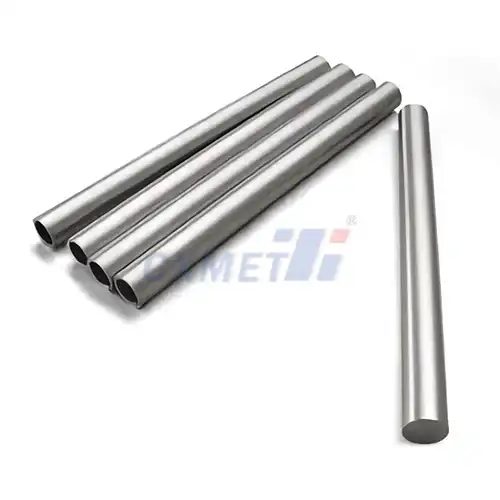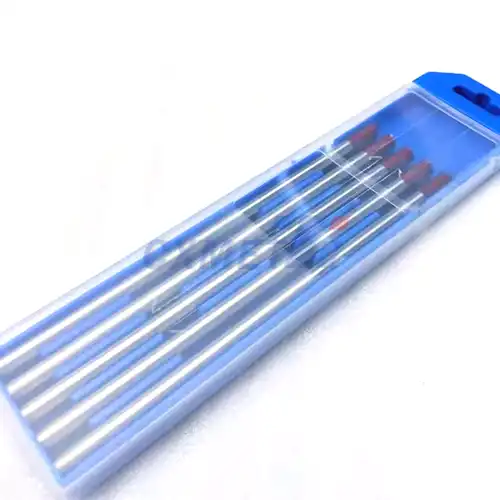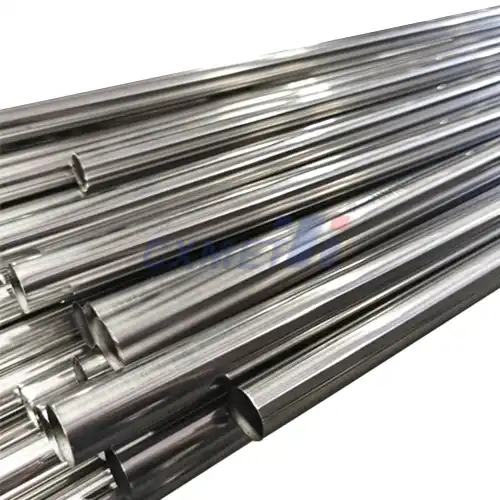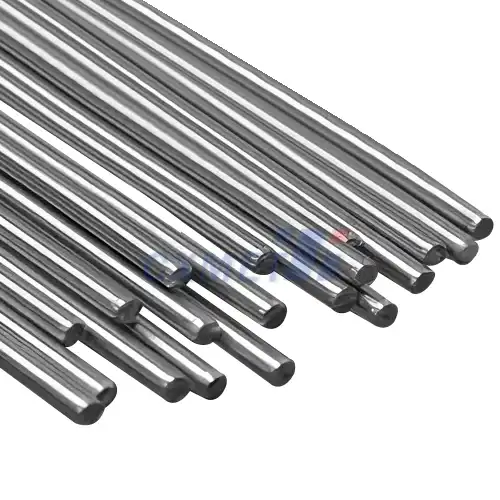- English
- French
- German
- Portuguese
- Spanish
- Russian
- Japanese
- Korean
- Arabic
- Greek
- German
- Turkish
- Italian
- Danish
- Romanian
- Indonesian
- Czech
- Afrikaans
- Swedish
- Polish
- Basque
- Catalan
- Esperanto
- Hindi
- Lao
- Albanian
- Amharic
- Armenian
- Azerbaijani
- Belarusian
- Bengali
- Bosnian
- Bulgarian
- Cebuano
- Chichewa
- Corsican
- Croatian
- Dutch
- Estonian
- Filipino
- Finnish
- Frisian
- Galician
- Georgian
- Gujarati
- Haitian
- Hausa
- Hawaiian
- Hebrew
- Hmong
- Hungarian
- Icelandic
- Igbo
- Javanese
- Kannada
- Kazakh
- Khmer
- Kurdish
- Kyrgyz
- Latin
- Latvian
- Lithuanian
- Luxembou..
- Macedonian
- Malagasy
- Malay
- Malayalam
- Maltese
- Maori
- Marathi
- Mongolian
- Burmese
- Nepali
- Norwegian
- Pashto
- Persian
- Punjabi
- Serbian
- Sesotho
- Sinhala
- Slovak
- Slovenian
- Somali
- Samoan
- Scots Gaelic
- Shona
- Sindhi
- Sundanese
- Swahili
- Tajik
- Tamil
- Telugu
- Thai
- Ukrainian
- Urdu
- Uzbek
- Vietnamese
- Welsh
- Xhosa
- Yiddish
- Yoruba
- Zulu
What are the Typical Applications of Ti13Nb13Zr Rods in the Medical Field?
2024-09-14 15:21:08
Ti13Nb13Zr rods have emerged as a groundbreaking material in the medical field, particularly in orthopedics and dental implantology. This unique alloy, composed of titanium, niobium, and zirconium, offers a combination of properties that make it exceptionally suitable for various medical applications. Its biocompatibility, corrosion resistance, and mechanical strength have revolutionized the development of implants and medical devices, leading to improved patient outcomes and longer-lasting solutions in healthcare.
How do Ti13Nb13Zr rods compare to other biomaterials in terms of biocompatibility?
When it comes to biomaterials used in medical implants, biocompatibility is of paramount importance. Ti13Nb13Zr rods have demonstrated superior biocompatibility compared to many other materials commonly used in the field. This exceptional biocompatibility can be attributed to several factors inherent to the alloy's composition and properties.
Firstly, the titanium base of the alloy provides excellent biocompatibility, as titanium is known for its ability to integrate well with human tissue without causing adverse reactions. The addition of niobium and zirconium further enhances this property. Niobium, in particular, has been shown to improve the biocompatibility of titanium alloys by reducing the release of potentially harmful ions into the surrounding tissues.
Compared to traditional biomaterials such as stainless steel or cobalt-chromium alloys, Ti13Nb13Zr exhibits significantly lower rates of allergic reactions and inflammatory responses. This is crucial for long-term implant success, as it minimizes the risk of implant rejection and promotes better osseointegration – the process by which bone tissue grows and integrates with the implant surface.
Furthermore, the surface properties of Ti13Nb13Zr rods contribute to their superior biocompatibility. The alloy naturally forms a stable oxide layer on its surface, which acts as a protective barrier against corrosion and ion release. This oxide layer also provides an ideal surface for cell adhesion and proliferation, facilitating the growth of bone cells and soft tissue around the implant.
Studies have shown that Ti13Nb13Zr implants demonstrate enhanced cell viability and proliferation compared to other titanium alloys. This means that cells not only survive better in contact with the material but also multiply more readily, leading to faster healing and integration of the implant with surrounding tissues.
Another aspect that sets Ti13Nb13Zr apart in terms of biocompatibility is its lower modulus of elasticity compared to other metallic biomaterials. This property, often referred to as "elastic modulus," is closer to that of natural bone, reducing the risk of stress shielding – a phenomenon where the implant bears too much of the load, leading to bone resorption and potential implant loosening over time.
What are the mechanical properties of Ti13Nb13Zr rods that make them suitable for orthopedic implants?
The mechanical properties of Ti13Nb13Zr rods play a crucial role in their suitability for orthopedic implants. These properties not only ensure the longevity and reliability of the implants but also contribute to their ability to mimic natural bone behavior, leading to better patient outcomes and reduced complications.
One of the most significant mechanical advantages of Ti13Nb13Zr rods is their lower elastic modulus compared to other metallic biomaterials. The elastic modulus, also known as Young's modulus, is a measure of a material's stiffness. For Ti13Nb13Zr, this value is closer to that of natural bone, typically ranging between 60-80 GPa, which is significantly lower than that of traditional titanium alloys (110-120 GPa) or stainless steel (200-210 GPa). This closer match to bone's elastic modulus (10-30 GPa) is crucial in reducing stress shielding, a phenomenon where the implant bears too much of the load, leading to bone resorption around the implant. By more closely mimicking the mechanical behavior of bone, Ti13Nb13Zr rods promote better load distribution and stimulate bone growth, ensuring long-term implant stability and reducing the risk of implant loosening over time.
Another key mechanical property of Ti13Nb13Zr rods is their excellent fatigue strength. Orthopedic implants are subjected to cyclic loading during daily activities, making fatigue resistance a critical factor in their long-term success. Ti13Nb13Zr alloys have demonstrated superior fatigue strength compared to many other biomaterials, including commercially pure titanium and Ti-6Al-4V alloy. This high fatigue resistance ensures that the implants can withstand the repetitive stresses of daily use without failure, contributing to their longevity and reliability.
The yield strength and ultimate tensile strength of Ti13Nb13Zr rods are also noteworthy. These properties determine the material's ability to withstand applied forces without permanent deformation or failure. Ti13Nb13Zr alloys typically exhibit a yield strength of around 800-900 MPa and an ultimate tensile strength of 900-1000 MPa. These values are comparable to or better than those of many other titanium alloys used in orthopedic applications, ensuring that implants made from this material can withstand the high stresses encountered in load-bearing joints and other high-stress areas of the body.
Hardness is another mechanical property that contributes to the suitability of Ti13Nb13Zr rods for orthopedic implants. The alloy's hardness, typically measured on the Vickers scale, is comparable to that of other titanium alloys used in medical applications. This hardness contributes to the wear resistance of the implant, which is particularly important in articulating joints where two surfaces move against each other. The wear resistance helps maintain the implant's shape and function over time, reducing the need for revision surgeries due to implant wear.
The ductility of Ti13Nb13Zr is also a valuable property for orthopedic applications. The alloy exhibits good elongation before fracture, typically around 10-15%. This ductility allows for some degree of deformation without failure, which can be beneficial during the implantation process and in accommodating small movements or stresses within the body without compromising the implant's integrity.
How does the manufacturing process affect the performance of Ti13Nb13Zr rods in medical devices?
The manufacturing process of Ti13Nb13Zr rods plays a crucial role in determining their performance in medical devices. Every step of the production, from alloy composition to final surface treatment, can significantly impact the material's properties and, consequently, its effectiveness in medical applications. Understanding these manufacturing processes and their effects is essential for optimizing the performance of Ti13Nb13Zr rods in various medical devices.
The production of Ti13Nb13Zr rods typically begins with the careful selection and mixing of raw materials. The precise control of the alloy composition is critical, as even small variations can lead to significant changes in the material's properties. The nominal composition of 13% niobium and 13% zirconium, with the balance being titanium, must be accurately maintained to ensure consistent performance across different batches of the alloy.
One of the primary manufacturing methods for Ti13Nb13Zr rods is vacuum arc remelting (VAR). This process involves melting the alloy components in a vacuum or controlled atmosphere to prevent contamination and ensure homogeneity. The VAR process is crucial for producing high-purity ingots with minimal defects, which is essential for medical-grade materials. The vacuum environment helps remove volatile impurities and gases that could otherwise lead to porosity or inclusions in the final product.
Following the initial melting and ingot formation, the material undergoes a series of thermomechanical processes to achieve the desired rod form and microstructure. These processes typically include hot forging, hot rolling, and cold working. Each of these steps can significantly influence the mechanical properties of the final product.
Hot forging and rolling are used to break down the as-cast structure of the ingot and refine the grain size. The temperature and degree of deformation during these processes are carefully controlled to achieve the optimal balance of strength and ductility. The refinement of grain structure through these processes contributes to the material's improved mechanical properties, including higher strength and better fatigue resistance.
Cold working, such as cold drawing or swaging, is often employed to further enhance the mechanical properties of the rods. This process can increase the strength and hardness of the material through work hardening. However, the degree of cold working must be carefully controlled, as excessive cold work can lead to reduced ductility and potential embrittlement.
Heat treatment is another critical aspect of the manufacturing process that significantly affects the performance of Ti13Nb13Zr rods. Solution treatment and aging processes can be used to optimize the microstructure and mechanical properties of the alloy. The solution treatment typically involves heating the material to a high temperature (usually around 800-900°C) followed by rapid cooling. This process helps to achieve a uniform microstructure and dissolve any precipitates that may have formed during previous processing steps.
Aging treatments, performed at lower temperatures (typically 400-600°C), can be used to control the precipitation of fine particles within the microstructure. These precipitates can significantly enhance the strength and hardness of the alloy while maintaining good ductility. The precise control of aging temperature and time is crucial for achieving the desired balance of properties.
Surface treatment is a final, yet critical, step in the manufacturing process of Ti13Nb13Zr rods for medical devices. Various surface modification techniques can be employed to enhance the material's performance in specific applications. For instance, anodization can be used to create a controlled oxide layer on the surface, which can improve corrosion resistance and biocompatibility. Other surface treatments, such as plasma spraying or acid etching, can be used to create specific surface topographies that promote osseointegration in orthopedic implants.
The cleanliness and purity of the manufacturing environment are paramount throughout the entire production process. Any contamination, whether from processing equipment or the atmosphere, can introduce impurities that may compromise the material's performance or biocompatibility. Therefore, stringent quality control measures and cleanroom environments are often employed in the production of medical-grade Ti13Nb13Zr rods.
The manufacturing process also influences the microstructure of the Ti13Nb13Zr rods, which in turn affects their mechanical and biological performance. The goal is typically to achieve a fine, equiaxed grain structure, which provides an optimal combination of strength and ductility. The presence and distribution of different phases within the microstructure, such as alpha and beta phases, can be controlled through careful manipulation of the thermomechanical processing parameters.
In conclusion, the manufacturing process of Ti13Nb13Zr rods is a complex and multifaceted endeavor that significantly impacts their performance in medical devices. From the initial melting and ingot formation to the final surface treatments, each step of the process must be carefully controlled to ensure the production of high-quality, consistent materials suitable for medical applications. The optimization of these manufacturing processes is an ongoing area of research and development, driving continuous improvements in the performance of Ti13Nb13Zr rods in various medical devices.
At SHAANXI CXMET TECHNOLOGY CO., LTD, we take pride in our extensive product range, which caters to diverse customer needs. Our company is equipped with outstanding production and processing capabilities, ensuring the high quality and precision of our products. We are committed to innovation and continuously strive to develop new products, keeping us at the forefront of our industry. With leading technological development capabilities, we are able to adapt and evolve in a rapidly changing market. Furthermore, we offer customized solutions to meet the specific requirements of our clients. If you are interested in our products or wish to learn more about the intricate details of our offerings, please do not hesitate to contact us at sales@cxmet.com. Our team is always ready to assist you.
References
1. Niinomi, M. (2008). Mechanical biocompatibilities of titanium alloys for biomedical applications. Journal of the Mechanical Behavior of Biomedical Materials, 1(1), 30-42.
2. Geetha, M., Singh, A. K., Asokamani, R., & Gogia, A. K. (2009). Ti based biomaterials, the ultimate choice for orthopaedic implants – A review. Progress in Materials Science, 54(3), 397-425.
3. Rack, H. J., & Qazi, J. I. (2006). Titanium alloys for biomedical applications. Materials Science and Engineering: C, 26(8), 1269-1277.
4. Long, M., & Rack, H. J. (1998). Titanium alloys in total joint replacement—a materials science perspective. Biomaterials, 19(18), 1621-1639.
5. Biesiekierski, A., Wang, J., Abdel-Hady Gepreel, M., & Wen, C. (2012). A new look at biomedical Ti-based shape memory alloys. Acta Biomaterialia, 8(5), 1661-1669.
6. Niinomi, M., & Nakai, M. (2011). Titanium-based biomaterials for preventing stress shielding between implant devices and bone. International Journal of Biomaterials, 2011, 836587.
7. Prasad, K., Bazaka, O., Chua, M., Rochford, M., Fedrick, L., Spoor, J., ... & Bazaka, K. (2017). Metallic biomaterials: Current challenges and opportunities. Materials, 10(8), 884.
8. Chen, Q., & Thouas, G. A. (2015). Metallic implant biomaterials. Materials Science and Engineering: R: Reports, 87, 1-57.
9. Elias, C. N., Lima, J. H. C., Valiev, R., & Meyers, M. A. (2008). Biomedical applications of titanium and its alloys. JOM, 60(3), 46-49.
10. Nasab, M. B., & Hassan, M. R. (2010). Metallic biomaterials of knee and hip-A review. Trends in Biomaterials and Artificial Organs, 24(1), 69-82.



